French Recipes, Podcast Episodes and France Travel Tips!
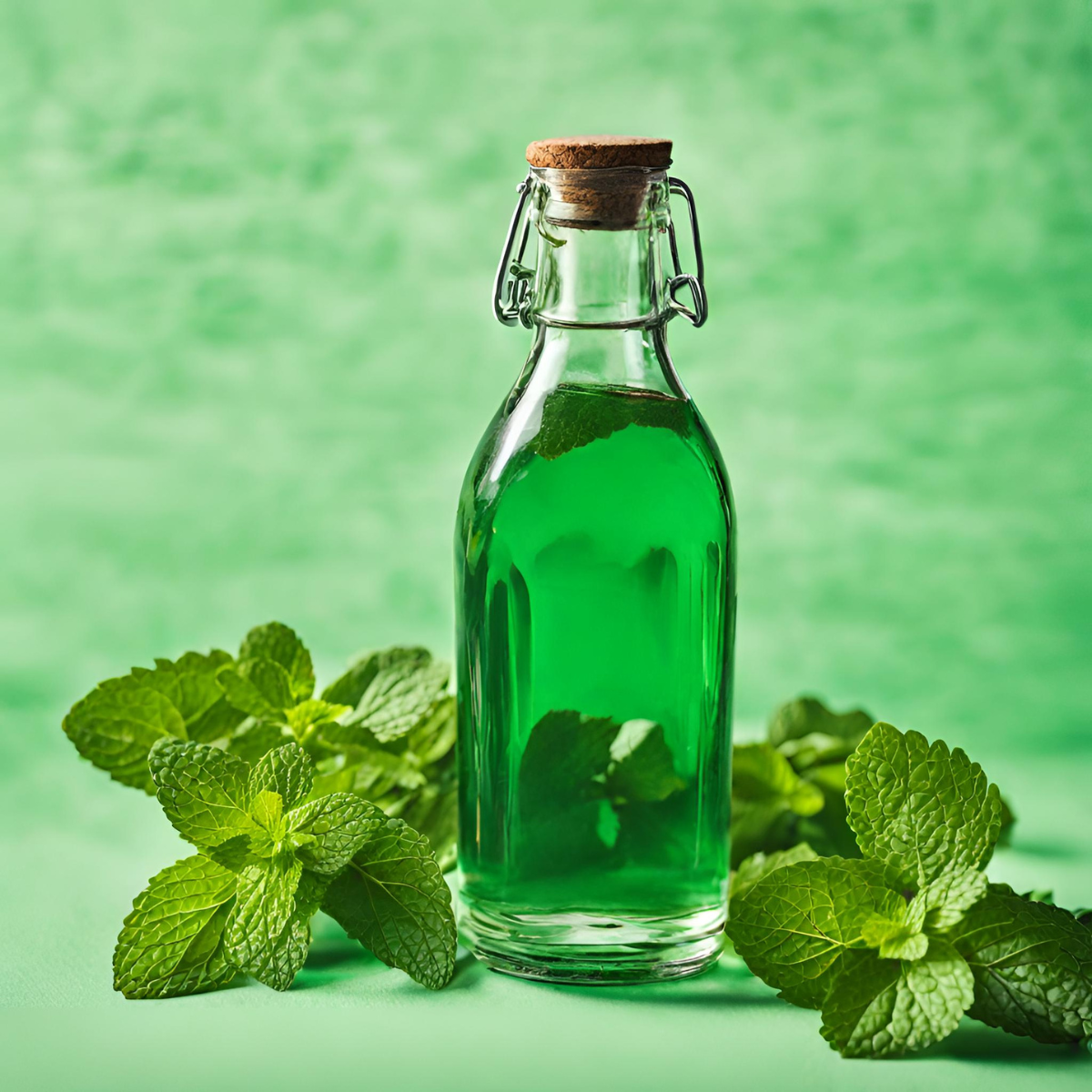
Mint Syrup
When in France you will often see people drinking syrups or cordials as they love them. More and more people here though are making their own so that they can control the sugar level and of course other nonnatural ingredients.
So here is my recipe for mint syrup.
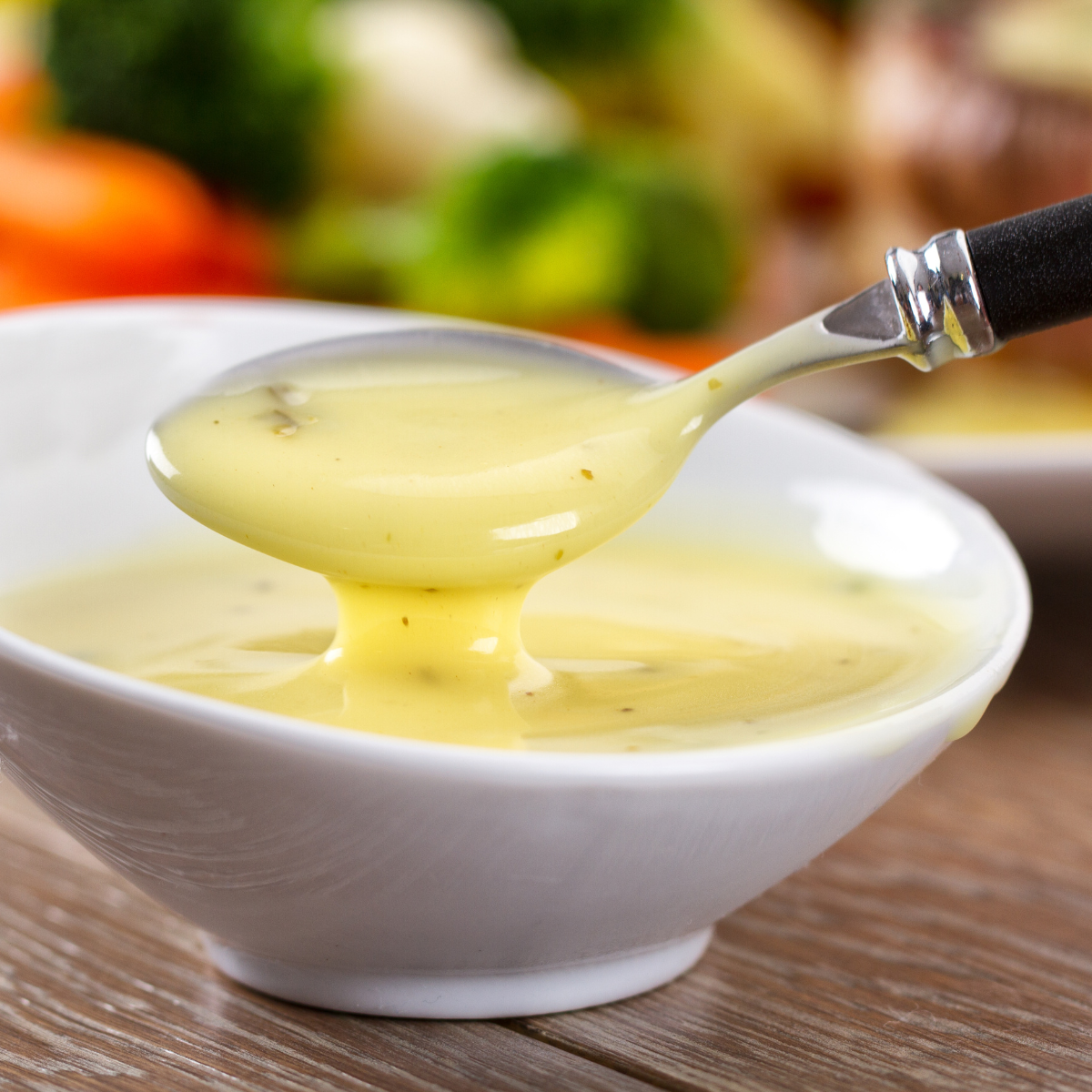
Sauce Palois
One of my favorite things about French cuisine is its sauces and there is a little-known sauce called a Sauce Palois which comes from the mother sauce Bearnaise but instead of using tarragon, you use mint.
Here is my recipe for a sauce Palois which you can serve on a lovely piece of poached fish perhaps or over some lamb cutlets.
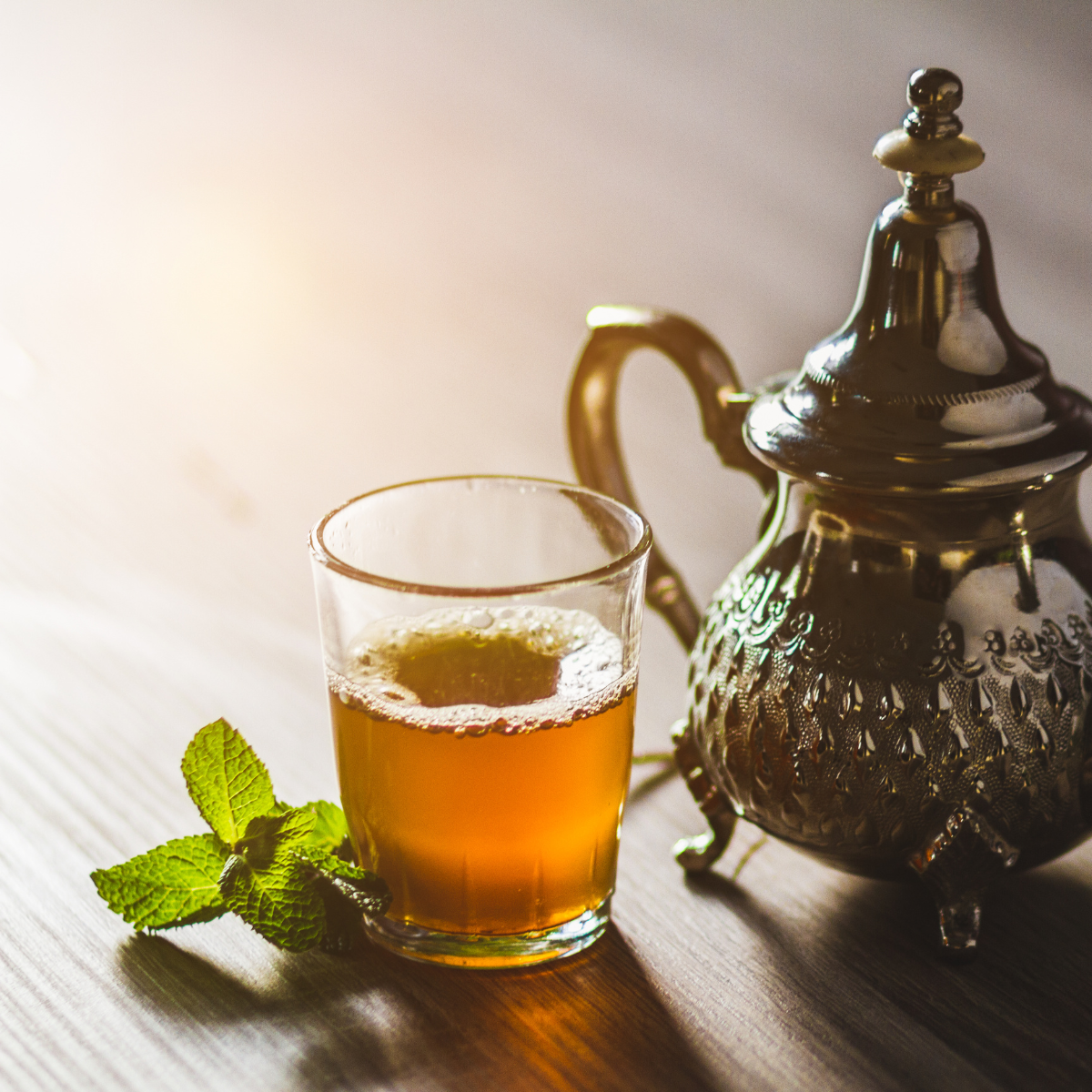
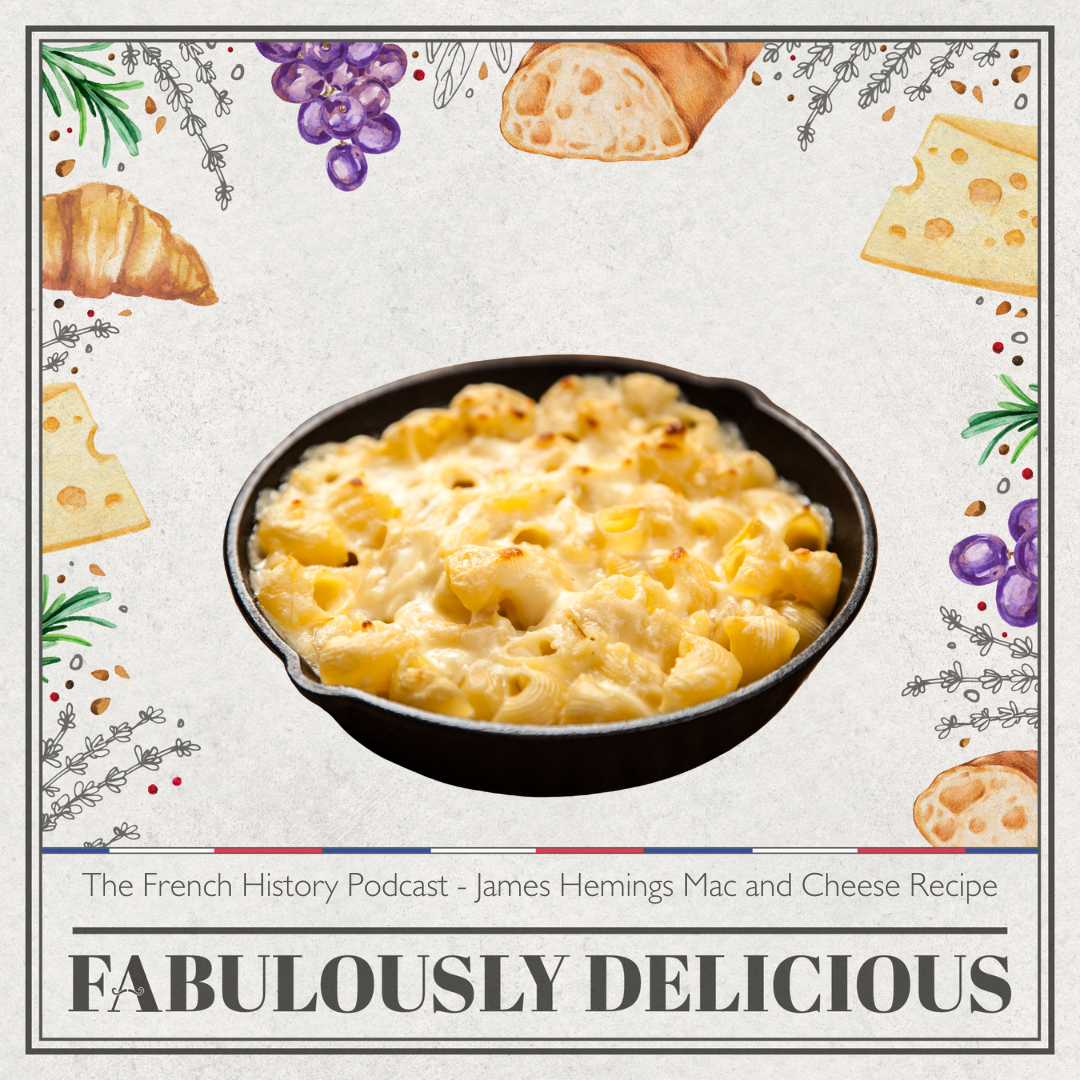
James Hemings Mac and Cheese Recipe
Like many I’m sure watching the acclaimed food series on Netflix High on the Hog was not only entertaining, and delicious but highly educational. Food writer Stephe Satterfield traces back the origins of African-American cuisine and I was fascinated to learn connections to French food in this series for a dish that isn’t I would have thought had any connection to France, Mac and Cheese.
James Hemings, Thomas Jeffersons, slave, brother-in-law, personal valet, and then eventually chef created the version we know of today after having in France a dish of pasta and cheese that he called at the time macaroni pie. This is the dish that would then evolve into what we around the world would call Macaroni and cheese.
Here is James Hemings' version of Mac and Cheese. Well as far as we know.
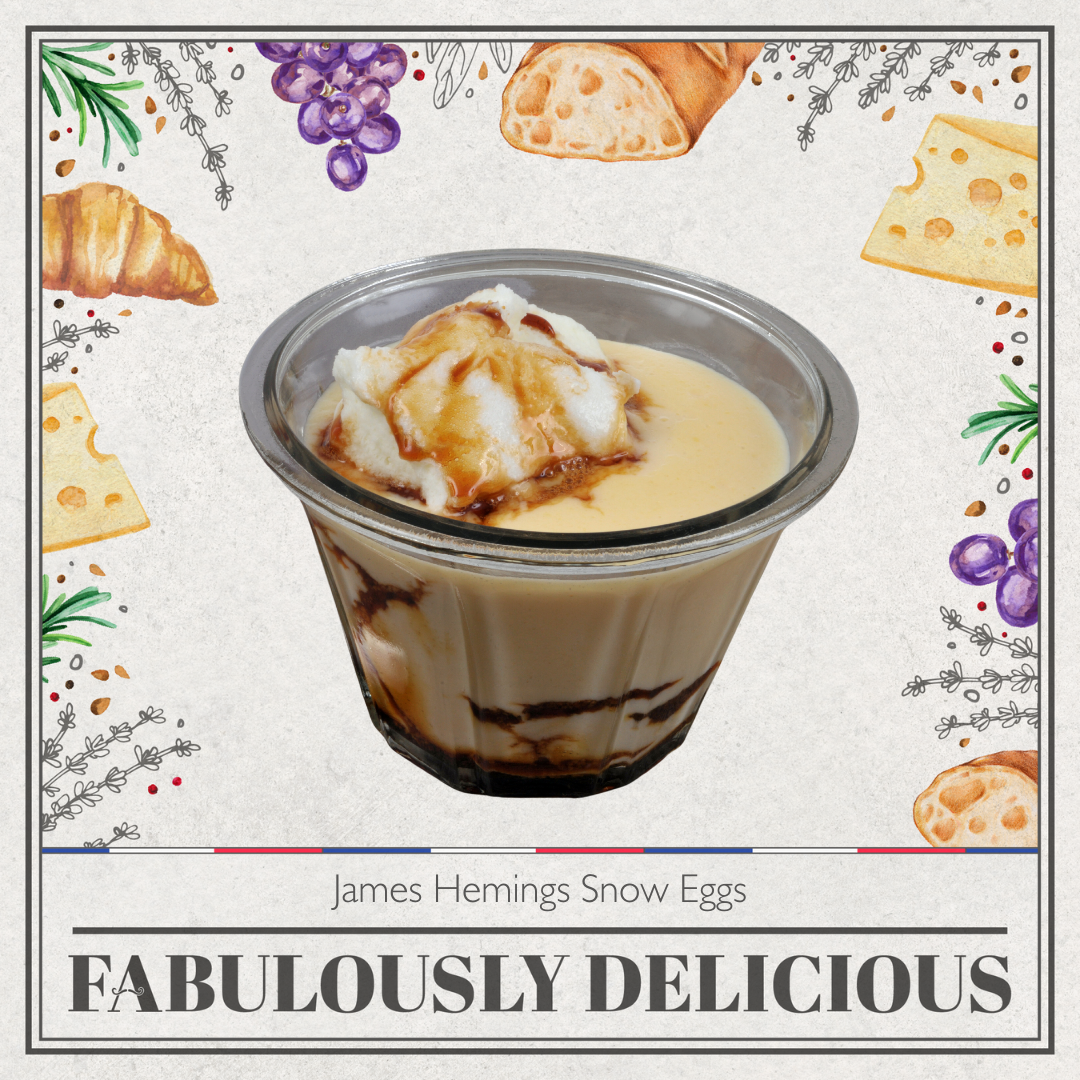
James Hemings Snow Eggs Recipe
Snow Eggs or Isle Flotante or Oeufs a la neige as they’re known in France are wonderful poached meringues that sit on a custard or creme anglaise. The name snow was attributed to the whipping of the egg whites until they looked fluffy and stiff like snow.
In 1747 Hannah Glasse recorded in her cookbook The Art of Cooking Made Plain and Easy a recipe for floating islands, Glasse was an English cook but her recipe bears no resemblance to the recipe we know for today's version.
There is a note in a letter from Benjamin Franklin in 1771 about having a floating island dessert. But as far as we can tell James Hemmings's version that we know today was his own creation and is now enjoyed around the US and France, well even around the world.
Here is his original recipe for Snow Eggs
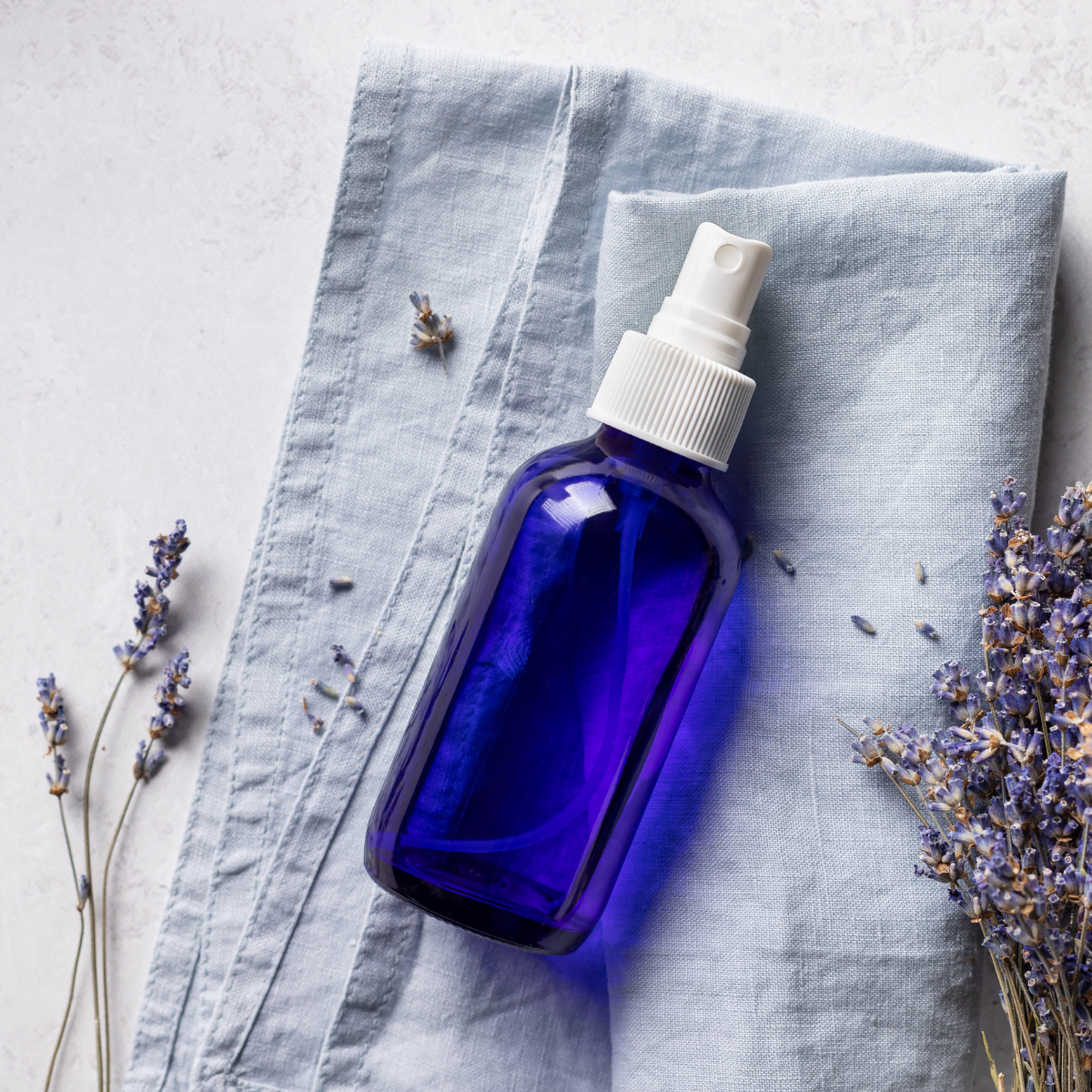
Pillow Mist
I make my own pillow mist from the lavender plants we have growing in our garden every year.
Here is my recipe for pillow mist.
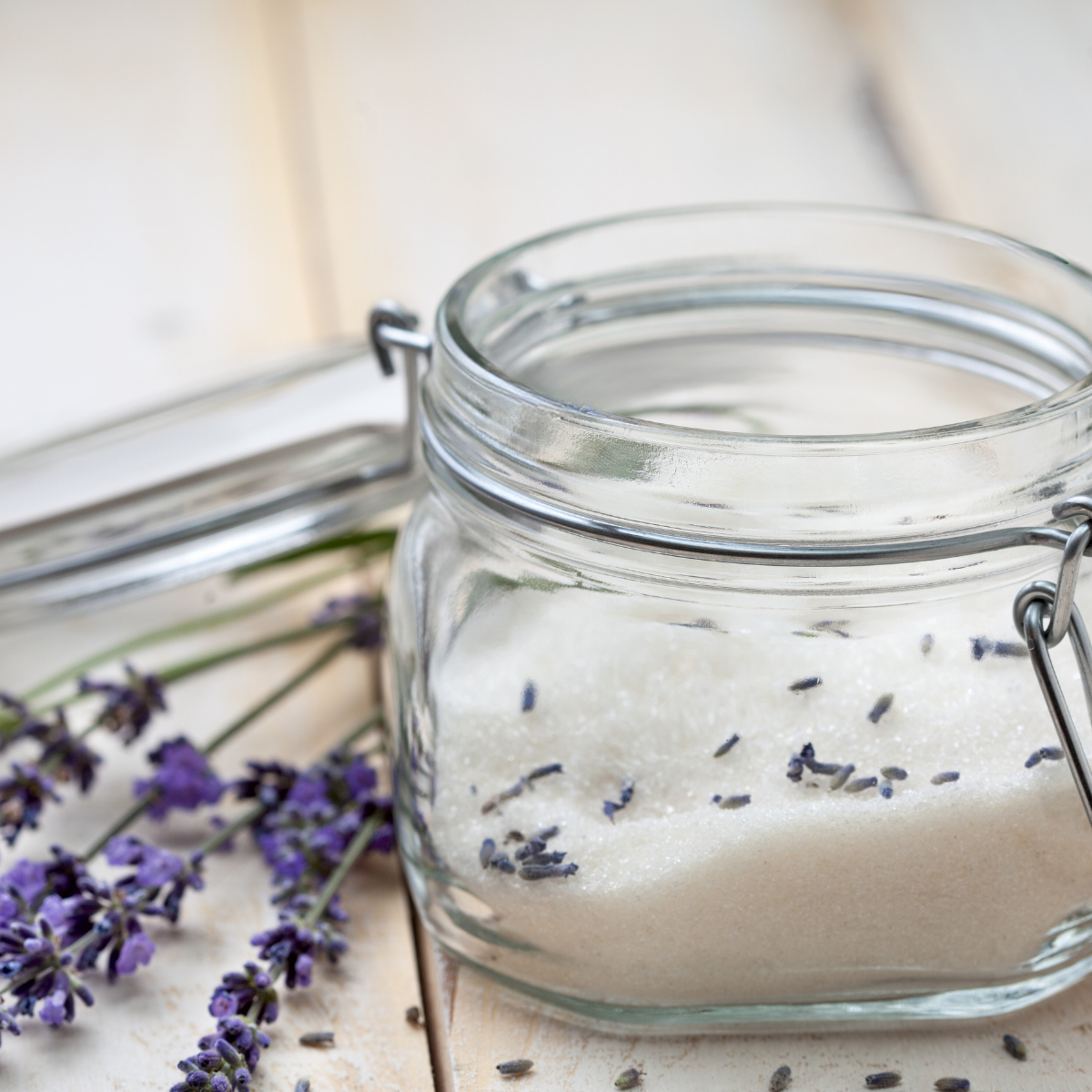
Lavender Sugar
French cuisine embraces lavender with it often being used to coat the outside of sheep and goat milk cheeses. In Provence, some places take lavender flowers and candied them to be used as decorations for pastries and cakes. A use I love is to make lavender sugar which is a great ingredient to place in the pantry.
My recipe for lavender sugar is below.
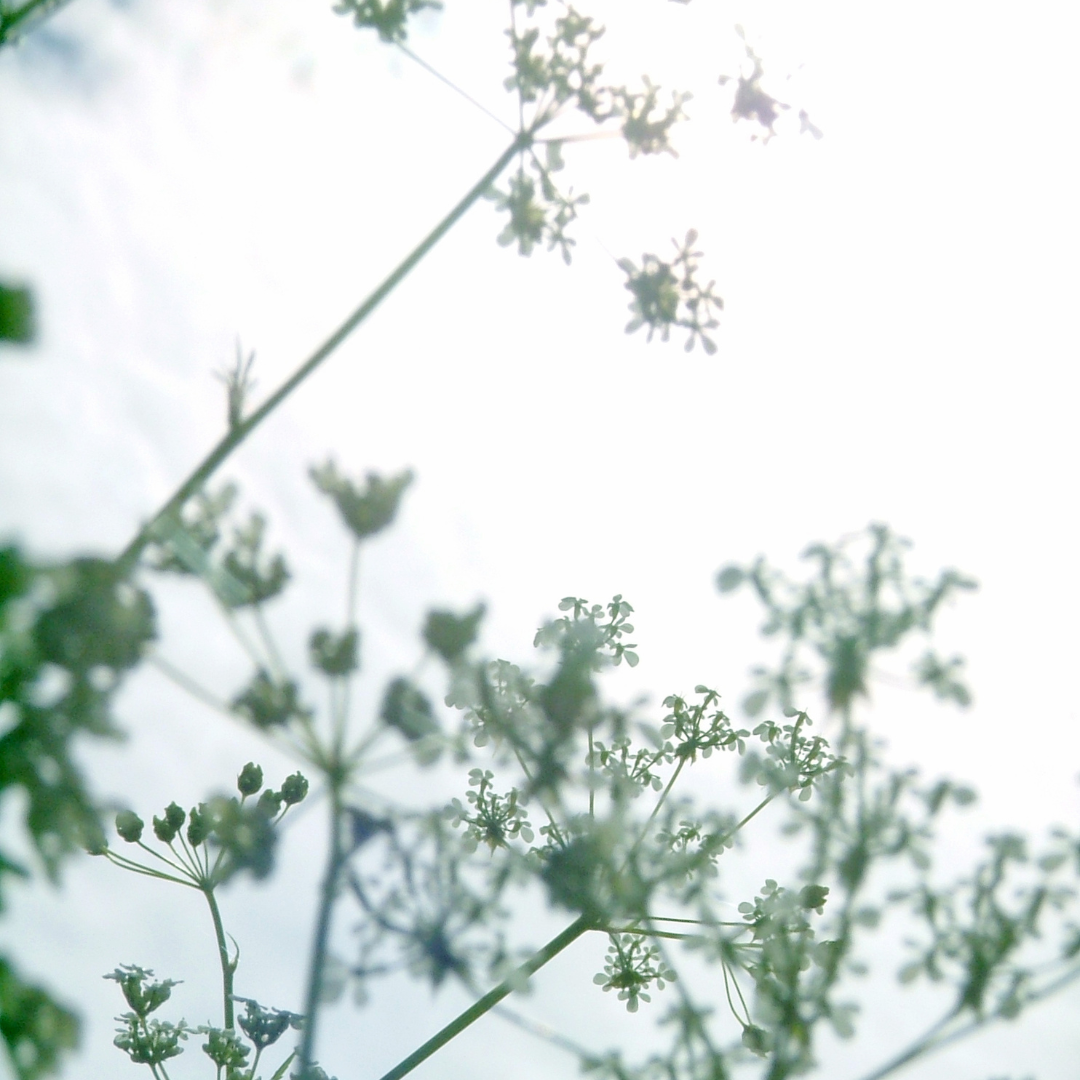
A to Z of French Herbs - Chervil
Continuing the A to Z of French herbs, today's herb is the cousin to parsley. To be honest, I'd never heard about it before I moved to France, Chervil.
Chervil is pronounced Cher like the singer and ville like the French word for town. But in French, it's called Cerfeuil.
Chervil is often called French parsley or garden chervil. It’s an annual herb related to the parsley family. It used to be called Myrhis as its oil had an aroma similar to the resin from Myrrh which is extracted from a tiny thorny tree that’s used for perfume and incense amongst other things.
Back to chervil though, it’s commonly used as a seasoning for various French dishes and most notably used in the popular herb mixture fine herbes.
The name chervil is Anglo-Norman from Latin and is derived from the Greek chaerophyllon, meaning the herb of rejoicing or, less reverentially, the happy herb.

